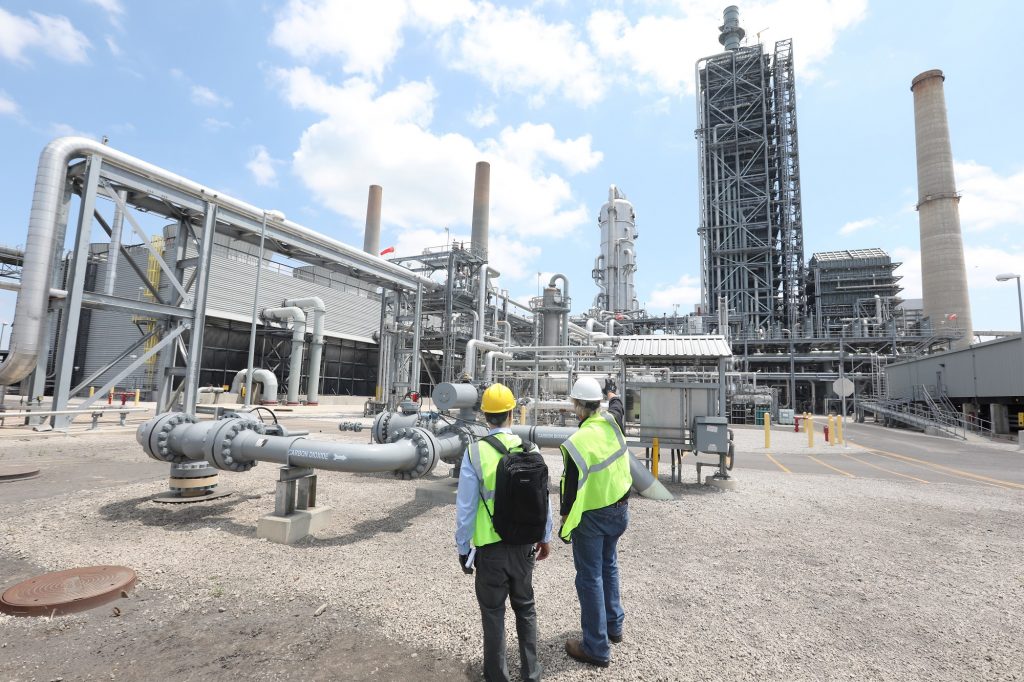In the intricate world of oil and gas exploration, precise imaging of subsurface geological structures is paramount for informed decision-making. Depth conversion, a sophisticated and integral process in the exploration workflow, plays a crucial role in transforming seismic data from time-based measurements to depth-based representations. Let’s delve into the intricacies of depth conversion and unravel how this essential technique works.
Understanding Depth Conversion
Depth conversion seismic is a seismic interpretation method employed in the oil and gas industry to convert seismic data, traditionally recorded in terms of travel time, into depth measurements. This process is crucial for accurately mapping subsurface structures and assessing the potential presence of hydrocarbons. By converting seismic data from time to depth, geoscientists gain a more realistic understanding of the subsurface, enabling precise reservoir characterization and exploration planning.
Key Components of Depth Conversion
Velocity Model Building
The foundation of depth conversion lies in constructing a reliable velocity model. Velocity represents the speed at which seismic waves travel through subsurface layers. Geophysicists use various techniques, including well data, seismic attributes, and velocity analysis, to build a detailed velocity model. This model serves as the basis for converting time-based measurements to depth.
Time-to-Depth Conversion
The process of converting seismic data from time to depth involves applying the velocity model to the seismic dataset. By associating each time sample with a corresponding depth value, geoscientists create a depth-migrated seismic volume. This conversion corrects for variations in subsurface velocity and provides a more accurate representation of the geological structures.
Residual Analysis and Calibration
Depth conversion is an iterative process that often involves residual analysis and calibration. Geoscientists compare the converted depth data with well log information to identify discrepancies and refine the velocity model. Calibration ensures that the depth-converted seismic volume aligns closely with the actual subsurface geology.
Challenges and Considerations
While depth conversion is a powerful tool, it comes with its set of challenges. Variability in subsurface conditions, lateral changes in velocity, and the presence of complex geological features can complicate the accuracy of the conversion. Iterative refinement and thorough calibration are essential to mitigate these challenges and enhance the reliability of depth-converted data.
Applications in Exploration and Production
Reservoir Characterization
Accurate depth conversion is crucial for understanding the structure and geometry of subsurface reservoirs. It allows geoscientists to delineate reservoir boundaries, identify fault systems, and estimate the thickness and composition of rock formations.
Drilling Decision Support
Depth-converted seismic data aids in identifying optimal drilling locations. By providing a more accurate representation of subsurface structures, depth conversion assists in mitigating drilling risks and optimizing well placement for maximum hydrocarbon recovery.
Resource Estimation
Depth-converted data plays a vital role in estimating hydrocarbon reserves. Geoscientists use the converted data to assess the volume and distribution of potential resources within a reservoir, supporting informed decision-making for field development.
Seismic Attribute Analysis
Depth-converted seismic data enhances the interpretation of seismic attributes, such as amplitude, frequency, and curvature. This refined analysis provides valuable insights into subsurface properties, improving the understanding of reservoir characteristics.
Precision in Exploration and Beyond
In the ever-evolving landscape of oil and gas exploration, depth conversion stands as a cornerstone for precision and accuracy. By transforming seismic data from time-based measurements to depth-based representations, geoscientists gain a more realistic view of the subsurface, enabling informed decision-making throughout the exploration and production lifecycle. As technological advancements continue to enhance the depth conversion process, its role in unravelling the complexities of the Earth’s subsurface remains indispensable for the sustainable development of hydrocarbon resources.


